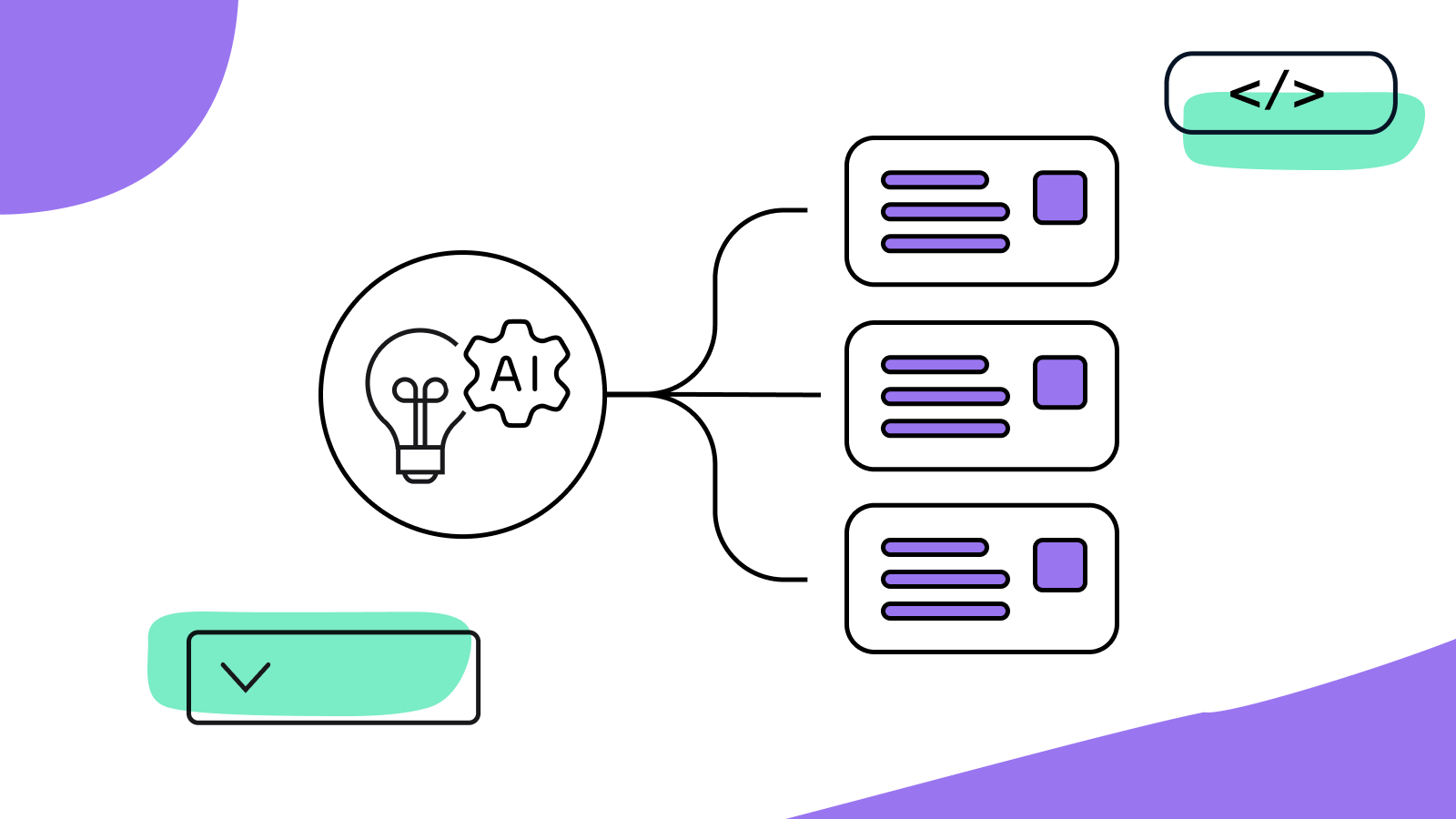Digital transformation isn’t just about tools—it’s about how people work together to build. As digital production scales, the challenge isn’t simply adoption of systems and standards—it’s enabling collaboration, autonomy, and speed across increasingly complex organizations.
In other words: it’s not just about adoption. It’s about democratization.
This blog explores a key distinction we recently unpacked during our Democratizing Digital Production webinar: why adoption alone isn’t enough, what democratization really looks like in practice, and how enterprise organizations can evolve their digital production model—and the tooling infrastructure that supports it—to meet the demands of modern scale, complexity, and speed.
Adoption vs. Democratization: What’s the Difference?
Adoption is about usage. It’s how many teams use the design system, how often components are implemented, how consistently standards are applied. It reflects reach—but not necessarily impact.
Democratization, by contrast, is about influence, decision-making, and ownership. It means empowering designers, developers, product managers, marketers, and eventually even AI—not just to use a system, but to shape it. True democratization requires flexible governance, open contribution models, and tooling that supports creativity within constraints.
As ToniAnn Drenckhahn, Senior Manager of Design Systems at BetMGM, put it in the webinar:
“It’s not just what we’re building, but how we’re building—and who gets to be a part of that process.”
Why This Distinction Matters
In many enterprises, design systems start as grassroots efforts. They emerge from a need for efficiency, reuse, and consistency across increasingly fragmented platforms and teams.
But as these systems scale, they can easily become rigid structures—well-intentioned but over-engineered—slowing teams down instead of enabling them.
Democratization helps prevent that and ensures that systems serve people, not the other way around. Where adoption is often a top-down mandate that generates resistance or resentment, democratization cultivates a sense of ownership and enthusiasm—making adoption of a process or tool a more engaged, intentional experience.
But it is not an open free-for-all. Buy-in and ownership are two different things.
Both adoption and democratization require leadership to make and enforce decisions. The difference is that democratization focuses on aligning a system’s evolution with what the organization—and the people building within it—actually value.
As Ben Callahan, founder of Sparkbox and a design systems consultant, noted:
“Adoption is great. But democratization is what drives cultural alignment across thousands of micro-decisions happening every day.”
Applying Democratization to Digital Production
Democratization isn’t just a cultural shift—it’s a structural one. In enterprise digital production, it offers a way to scale complexity without collapsing under the weight of centralization or control.
In a democratized model:
- Teams co-own the system. They contribute, not just consume—leading to broader adoption, faster iteration, and stronger alignment with product realities.
- Governance is collaborative. Built on shared principles, not strict enforcement, it creates intentional flexibility without compromising consistency.
- Systems scale through alignment, not restriction. Autonomy is supported by a clear, shared foundation.
This approach is especially critical for enterprises operating across multiple brands, domains, or business units. As Jeff Crossman, Head ofDesign, Design Systems at JPMorganChase, put it:
“You can architect your design system to help promote that kind of culture... to make it easy to do the right thing, rather than trying to make it impossible to do the wrong thing.”
That’s the essence of democratized digital production: building systems that help people do their best work—aligned, informed, and at scale.
How Knapsack Supports Democratization
Knapsack is built to enable this kind of collaborative, scalable digital production. Our platform connects the dots between teams, tools, and standards—so design systems become living, evolving ecosystems, not static rulebooks.
We help enterprise teams:
- Empower product teams to build within aligned guardrails
- Scale reuse and design intent through flexible system architecture
- Provide transparency, traceability, and tooling for truly shared ownership
One of the most powerful ways to extend that ownership is through prototyping. With Knapsack, teams across disciplines—including those without engineering or design backgrounds—can explore ideas, build with real components, and contribute meaningfully to the digital product process. Not only does live-code prototyping delivery—it makes participation more inclusive and impactful.
We explore this shift in more detail in The New Role of Prototyping & Composition in Digital Production.
Curious how it all comes together? Join our live demo to see how teams are using Knapsack to bring democratization to life in their digital production workflows.



